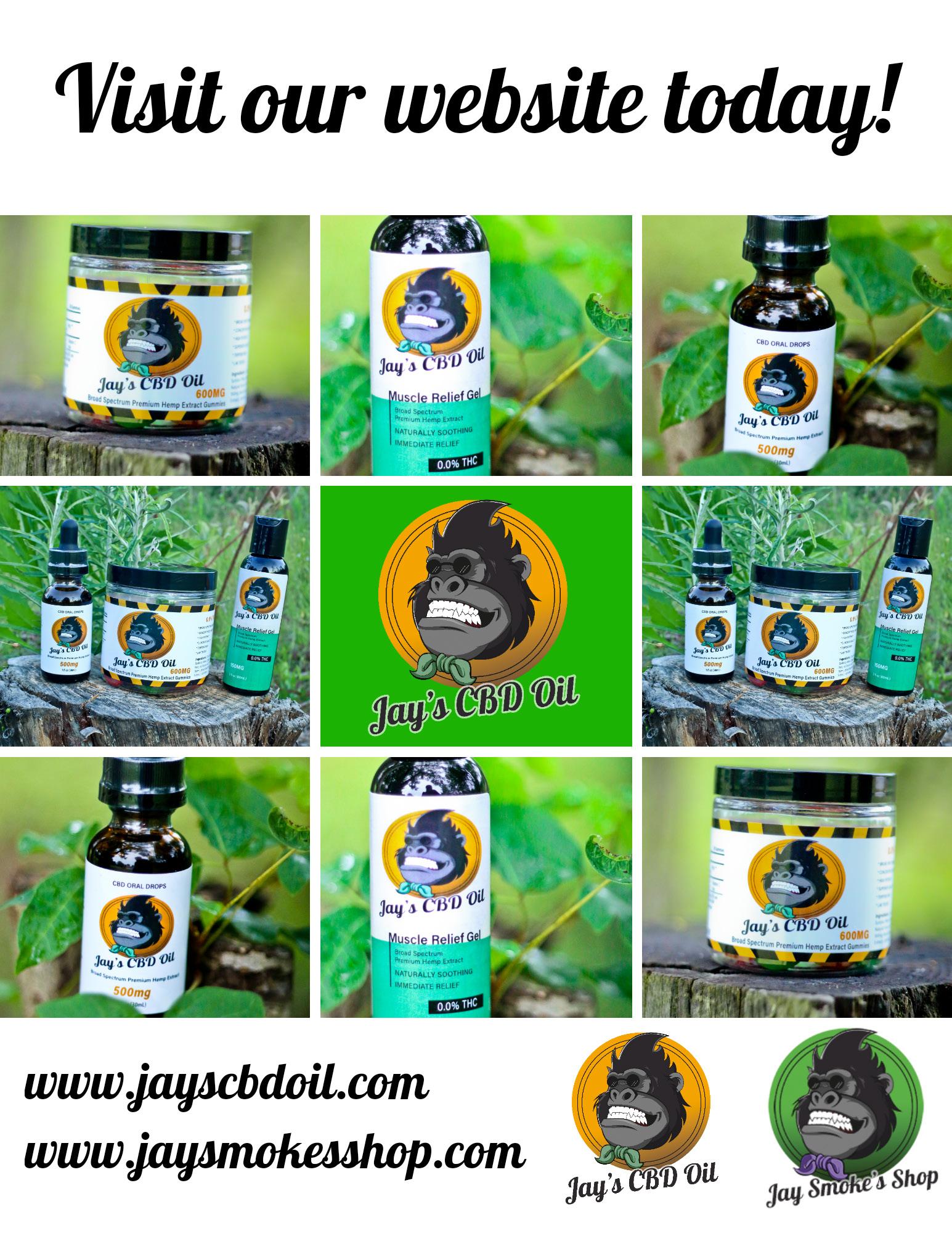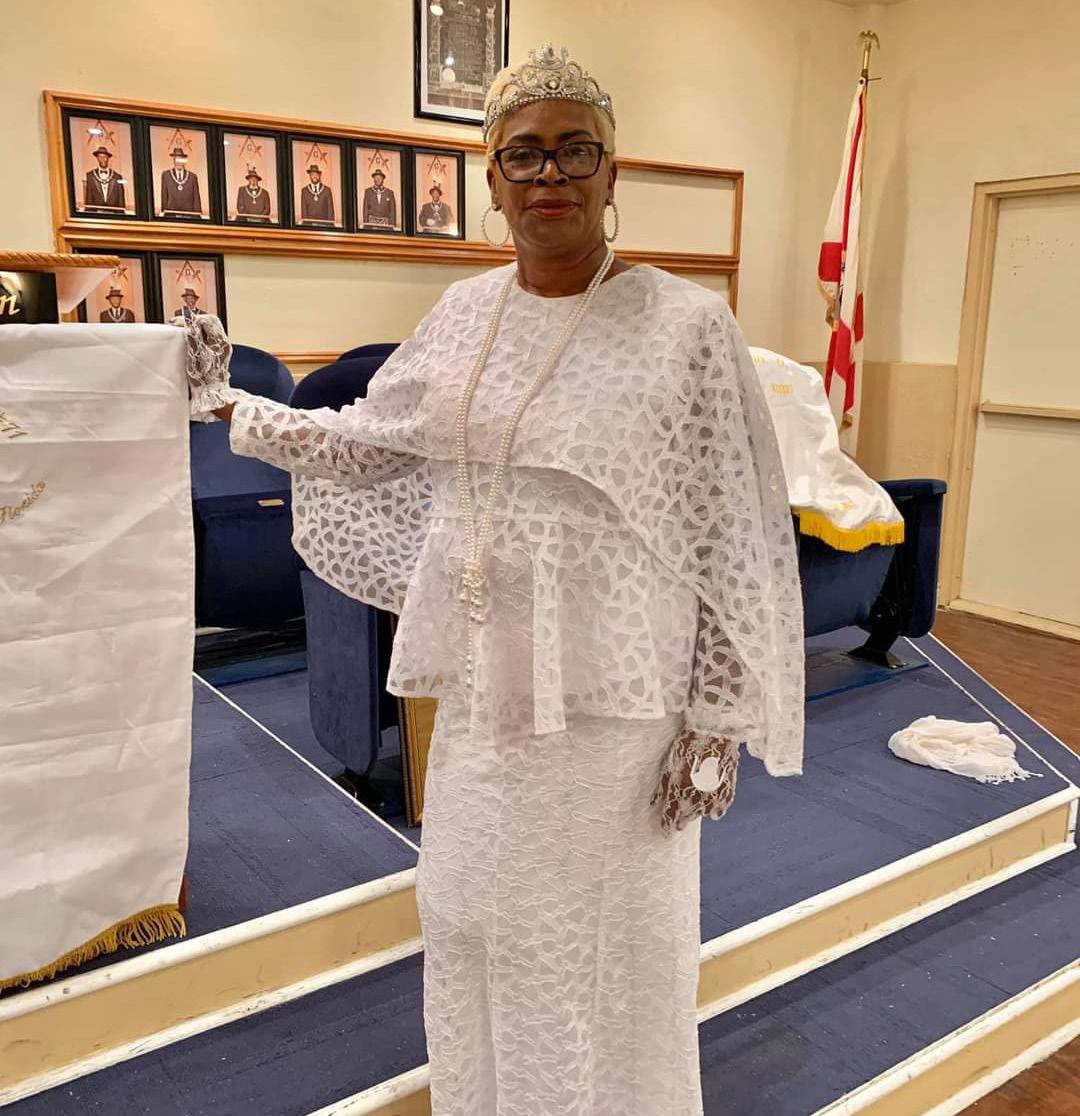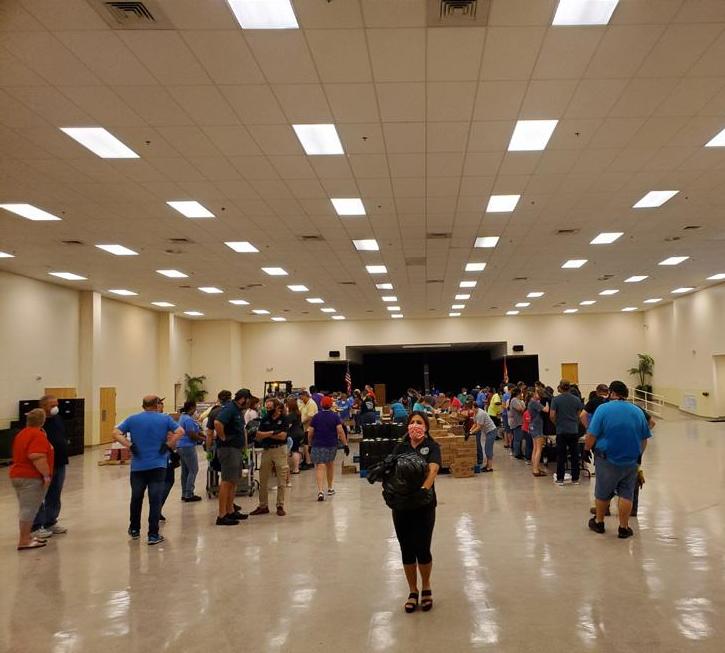
10 minute read
Now What?
A Business Leader’s Guide to Community Involvement
Contributed by Dt. Andrea Williams Rabia Court No. 25 Jacksonville, Fla.
If you are like most of the world, you have been consumed by the events of our community since the start of 2020. From the spread of Covid-19 to the current murders of innocent African American people in this country, business leaders have faced countless moments in which it was critical to evaluate the way business is done. Many of you have sprung into action to make internal and external statements about the wellbeing of employees, friends and families, addressed food insecurities with drive-by food pickups, and have participated in countless virtual reading activities for our children.
Just like every other major event in our nation’s history and abroad, there is life on the other side of chaos. How will we all pick up the pieces of our communities and businesses and move on? While you or other industry colleagues you know may have significant financial burdens to overcome, one thing will be certain, positively positioning yourself as a good community steward will be critical. People will remember how both you and your company treated them during this time. Magic Johnson was quoted as saying “Philanthropy is the cornerstone of a robust brand.” He’s not spouting those words just because it is the right thing to say, he is giving you the cheat code by telling you philanthropy is of significant importance if you would like for your brand to be successful. Cornerstones have historical relevance; they are a major part of some of our most treasured edifices. The same should be said for the charitable efforts of your company. My goal is to do my part to make sure those around me are successful, so if you have never put any focus on community relations/engagement, I have some helpful tips for you. This is not an end all be all document for community engagement, but it will give you the tools to start the conversation.
Educate
One of the most daunting questions, no matter what aspect of life, can be “Where do I start?” There is no question, trying to figure out where to start with your company’s community engagement plan can be the most difficult part. Be confident in knowing that deciding to have a community relations plan is an integral first step. Outside of acknowledgement, you must be ready to educate yourself. Take the time to invest in your knowledge to make sure that you are doing what is best for you and your company. If you have had your nose in the dirt and have taken your finger off the pulse of the community, it is time to come up for air and check the pulse. Figure out what the issues are. Is your primary consumer demographic dealing with a specific issue? If your primary consumer demographic is different from the demographic that lives in the neighborhood that your business resides in, what are the issues your neighbors are dealing with? Take a few moments to put some thought into these questions. Doing so can really help guide you along your way, help you make sure you are staying true to your business’s core
values. No one knows your product quite like you; no one has more passion about it than you. It may be time to think through your product’s impact on the community in which your business is located. How do the people in your business’s neighborhood view you? How do they view your business? If you have no idea, it may be time to start asking those questions. My experience is through the lens of professional sports. Our primary demographic is families, more specifically women. When we are thinking about the issues of our community, we cannot forget about women. Focusing on women and families’ issues is directly related to the group of people we serve. Lastly, take some time to invest in educating yourself about your staff. Sure, you know their names, perhaps a little about their families, but what causes are affecting them, what causes are they personally connected to? What community passions do they have? Again, this information will help guide your business decisions down the line. An example, considering current affairs, non-African American business leaders with African American employees may want to take the time to educate themselves about their employees. Aside from making sure they are functioning okay emotionally in the workplace (whew…. we are tired y’all), employers could recognize there may be an opportunity for community engagement brewing in the minds of their employees. Ask them -- get your employees engaged. Just as you would consult with employees about new sales strategies, consult with them about your engagement efforts. You never know what valuable information may come out of a simple conversation or survey.
Energize
Once you have a few areas of emphasis, take some time to energize yourself, your staff, and your community. This is where you properly strategize and get the buy-in of everyone involved. You are coming up with a community plan. I know you did not think you would do this without the help of the community, right? Most businesses have a strong strategic plan in place. This takes time and effort and typically involves collaboration in thought. Feel free to take some of those same tactics and apply them to your community plan. One of the main activities used in strategic planning is the “Stop, Start, and Continue” activity. Take some time to go through this by yourself and with your staff. Think about how you currently engage your community, what do you need to stop doing altogether? What do you want to start doing? What do you want to continue doing? You may find from both personal and staff feedback that you are doing more than you thought. You may also realize you are not doing as much as you thought. This is the chance to really reflect on where you are and where you want to go. Once you start putting your plan together, this is your chance to start to energize your staff and your customer base. Start training them on what they can expect to see from you in the future. You want

your employees and community to know when you say something; they can expect action to follow. You will notice statements from companies about racial injustice have been welcomed by some and dismissed as lip service by others. You do not want to fall into this category. Tell your employees and customers what you plan to do and ask them to hold you accountable. They will likely welcome the challenge. You may also receive some much-needed support when executing your plan.
Engage
Now is the time to get your hands dirty. After you have educated yourself, your staff, and your customers on the issues and you have strategized on how to address them, it is time to engage. Use that knowledge to con-
tinue to develop and implement your plan. Start small -- this is not the time to cast your net and see what you can catch. Take your time, be strategic and do one or two things extremely well before you expand. Remember the adage, “You can’t eat an elephant in one sitting.” Make sure you are sticking to what you do best. It is easy to separate yourself from your company’s mission here. What is your company’s mission statement? What is your product? You do not want to stray too far from what you know. For instance, if you sell shoes, you may not want to start with a focus on food insecurity. Food insecurity is a very worthy cause, but your area of expertise is shoes. Perhaps you may want to address the issue of safe footwear for an underserved population or pedestrian safety in your company’s neighborhood. You also do not have to recreate the wheel. See if there are local organizations in your community that are already addressing this issue. If there are, properly vet them and explore partnership with them. It is much easier to see how you can help existing efforts than to create an entire program and execute from idea to implementation. See where your organization can fit in. Many businesses fall short here because they think all organizations want is financial support. This could not be further from the truth. Yes, nonprofits always need to keep the lights on, but there are other ways to assist. Have you ever heard of the statement, “Give someone or something your time, talent, and treasure?” There is a reason treasure comes last. Writing checks are good; they give you a nice pretty tax write-off at the end of the year and gets your name on the back of a multitude of 5K t-shirts, but that is not truly investing in your community. What kind of time did you put into your community? How did you leverage your talents? How did you leverage your network’s talents? A conversation with the local organization may reveal they simply need people to work a registration desk at an upcoming event. You will notice your larger corporations are able to write checks and that is always appreciated, however, if you take a closer look you will notice teams of employees wearing company shirts. Their employer has offered additional hands to get the job done in addition to the financial contribution. The bottom line is this, a check is helpful, but it just will not suffice by itself. Create a robust plan and execute it. That is the benefit of not biting off more than you can chew.
Evaluate
As an established business professional, you know one of the most critical steps of any project is the evaluation process. We want to make sure you take time to think through what you did. Was it beneficial to both you and the community? You want to make sure you are not overextending yourself or your staff. After all, you still have a business to run. Evaluate the partnership with the nonprofit. Were they easy to work with? Was their ask of you reasonable? Did they communicate well? You want to be able to do good works in the community, but unless you are dedicating someone to do this full time (i.e. hiring a full time community relations professional), you cannot dedicate full time hours to it. It must be something you contribute to, not something you are fully executing. I want to stress here, it is ok to accept opportunities for positive public relations. Consumers utilize brands they feel are invested in the community; you just do not want to seem exploitive. For goodness sake, do not spend time taking selfies with homeless people or impoverished children to show how invested you are in your community. It is tacky and inconsiderate. It is, however, okay to utilize your company’s social media to highlight the event and your company’s involvement. Once you have evaluated the event, you can decide how often you would like to engage. The current trend is year-long partnerships rather than one-off events. Therefore, it is important to have meaningful relationships with organizations so you can engage and mobilize throughout the year.
With so much going on in the world, many of you want to help, and some of you are unsure how to do that. I hope this answers your “Now what?” question. Use these steps to help guide your thought process on ways to be the most effective in your community. At the end of the day, if you are genuine in your approach you have a hard time doing something the “wrong way.” However, there is nothing wrong with having a skilled approach. I hope these tips are helpful. Now go out and be great! This is your chance to leverage your brand to do some good. Be a great community steward. Pour back into the community that has helped your business to be
successful. The world needs you.











